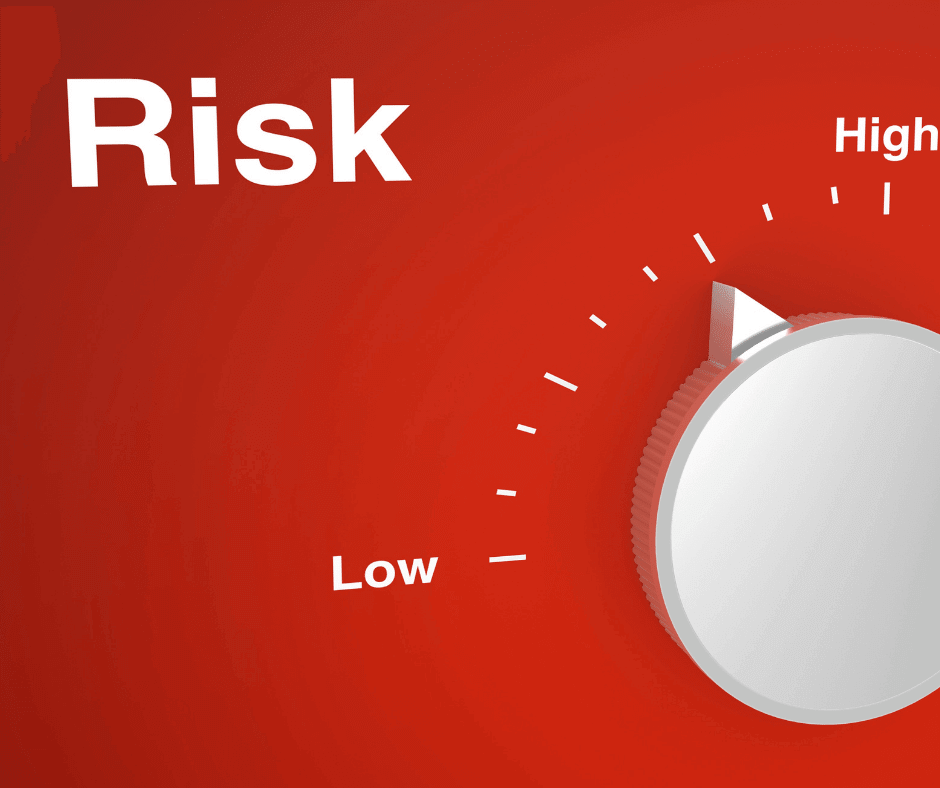Considering the broad type of products within the medical device sector, it is necessary to differentiate them depending on its level of risk. In Mexico, the sanitary authorities identifies them as Class I, II, III devices but also as Class I low risk, which is not a 4th class, but a sub-group of class I devices. In addition, there are also devices that do not follow any sanitary control in Mexico. The ministry of Health identifies some of these non-regulated products through official lists.
In this article we provide details about the non-regulated products and how to identify them through these official lists. We also describe the requirements in case your products are considered Class I low risk. It is worth mentioning, that Class I low risk devices follows a very simple regulatory process and it is a convenient option in case you are looking to develop the market in Mexico.
Agreements and requirements
As mentioned in our Ultimate Guide for Regulatory Affairs in Mexico, there is a legal framework to define the classification of medical devices in Mexico. Moreover, there are guidelines for the classification and grouping of any medical device according to its indication of use and level of risk.
In addition to these guidelines and regulations, the Ministry of Health has published two official lists to confirm if a product is considered as a low-risk medical device or a non-regulated product:
- The 2011 agreement which includes two annexes: Annex 1, listing the medical devices considered as low risk; and Annex 2, listing the products not considered as medical devices.
- Some of the products listed in Annex I includes among others: faces masks, surgical clothes, external prosthesis and simple wound dressings.
- The 2014 agreement which includes only one annex: Annex 2, listing the products not considered as medical devices by replacing and updating the Annex 2 from the 2011 agreement.
- This is a list with almost 2200 products. Some examples included are: TV systems (for endoscopy or patient monitoring), rehab chairs, surgical tables and chemical substances used for a medical procedure, as long as it does not come into contact with the patient.
In a summary, to find out if a product is considered as a low-risk medical device, it is only necessary to refer to the Annex 1 from the 2011 agreement. On the other hand, to figure out which products are not considered as medical devices, these can be found in the Annex 2 from the 2014 agreement.
A key point is that there can be more products, outside these lists, considered as class I low risk or non-medical devices. In such cases, it is necessary to carefully evaluate the classification with the support of an expert.
It is also worth mentioning that low-risk medical devices also require a sanitary registration. However, compared with the Class I, II, III regulatory processes, the Class I low risk is easier. Specifically, the documents needed are mainly administrative:
- Official application format
- Payment of fees
- Warehouse notice of the holder and distributor
- Power of attorney of the applicant
- Letter of authorization, issued by the manufacturer
- Instructions of use
In other words and at the moment, the Class I low risk regulatory process does not require any technical report or study to be presented. Nevertheless, the Holder of these authorizations in Mexico is still required to comply with local regulations (have a medical device warehouse, follow the technovigilance program, etc.). You can find more details about these requirements in the following article.
In case you need to confirm if your product is considered as a low-risk medical device or is not regulated by COFEPRIS please contact us at contact@veraqueconsulting.com

